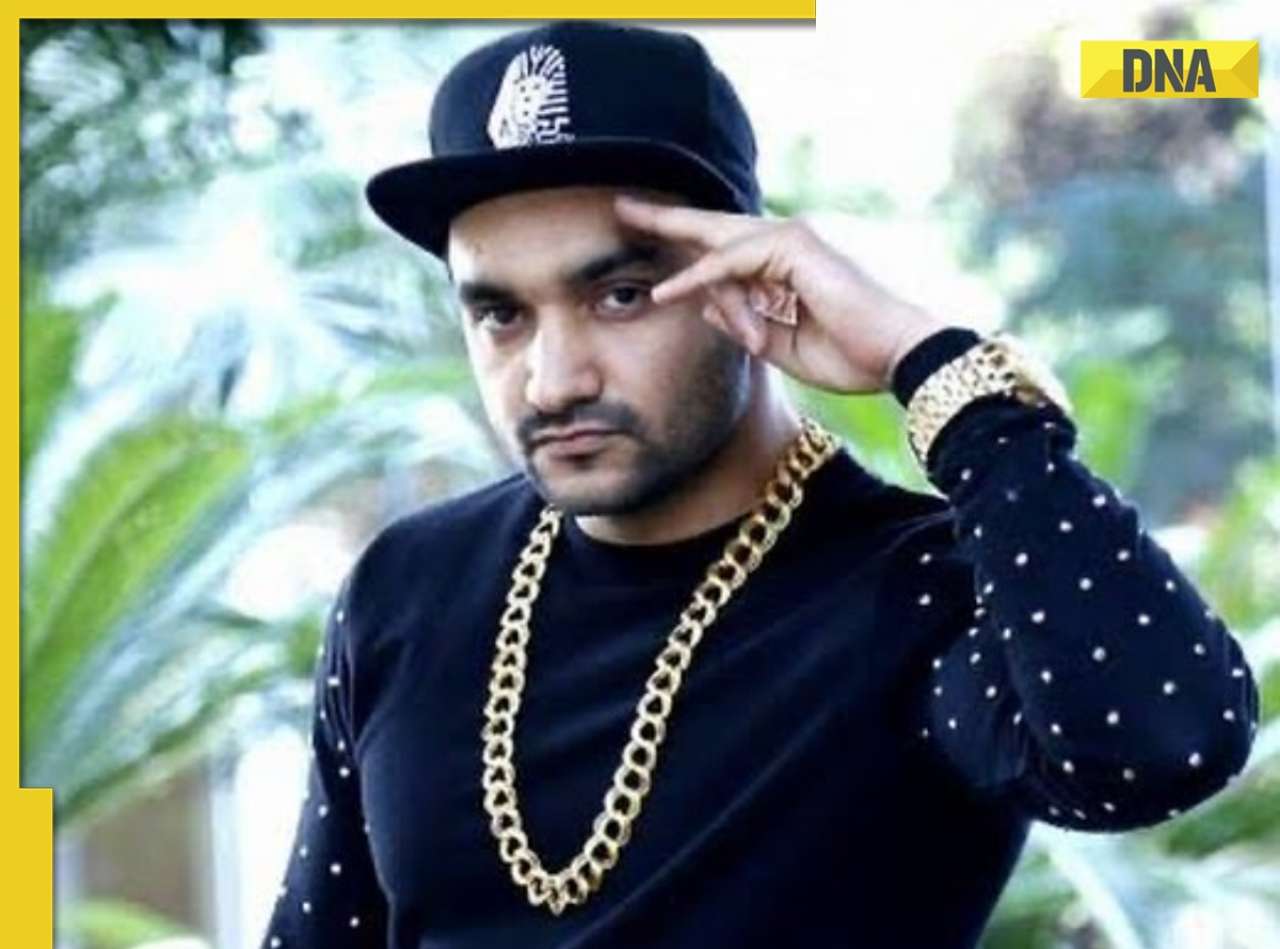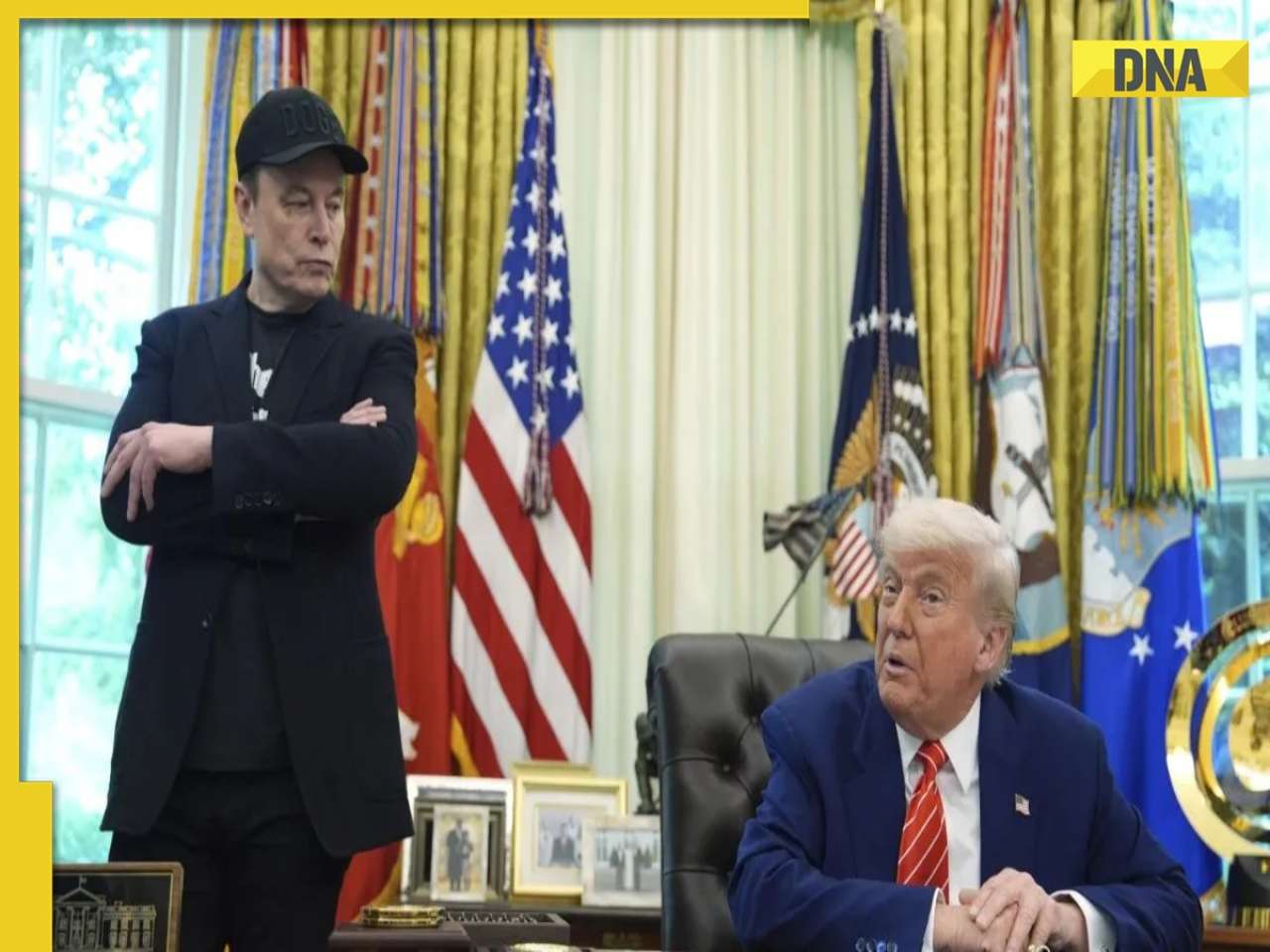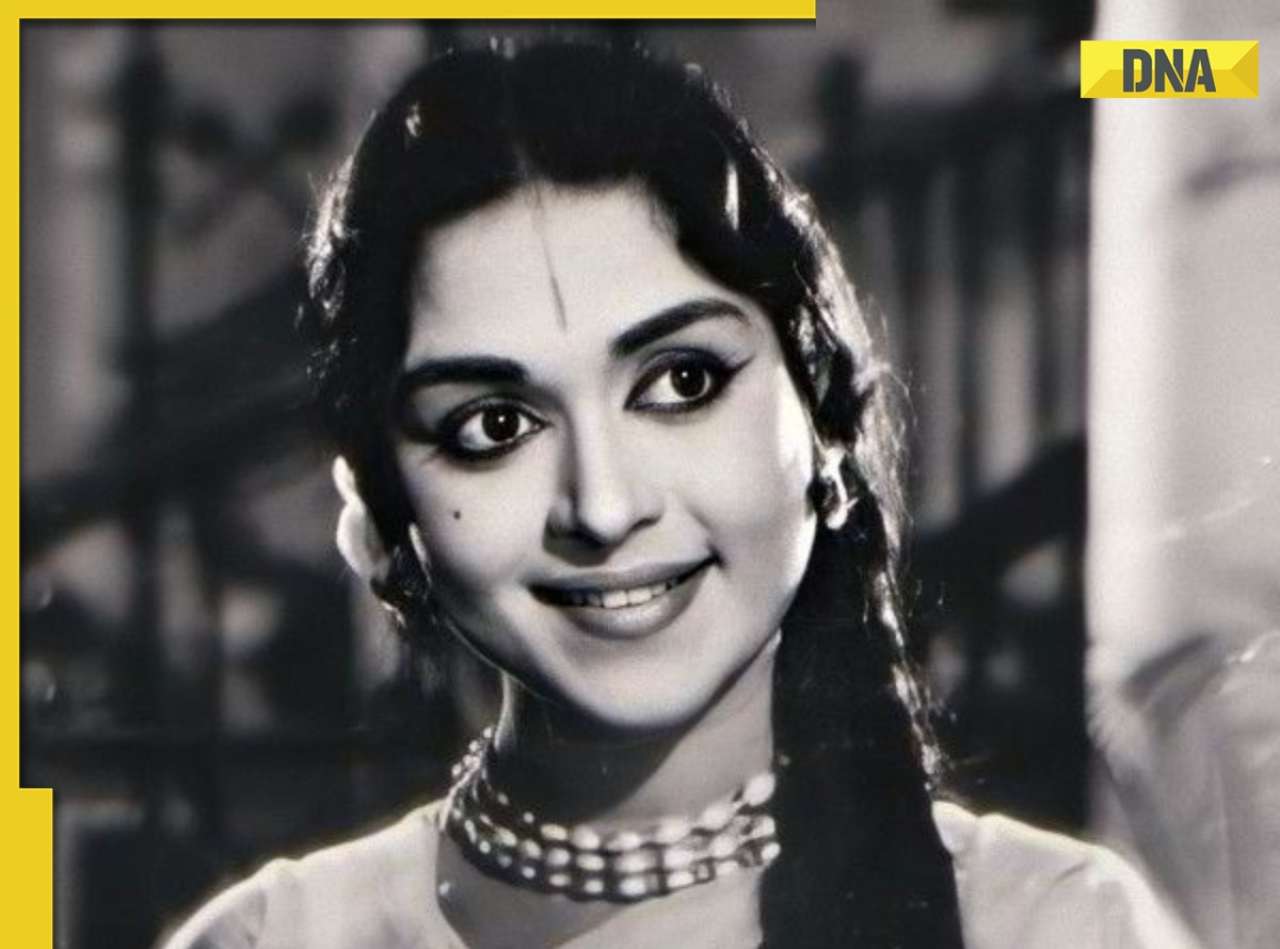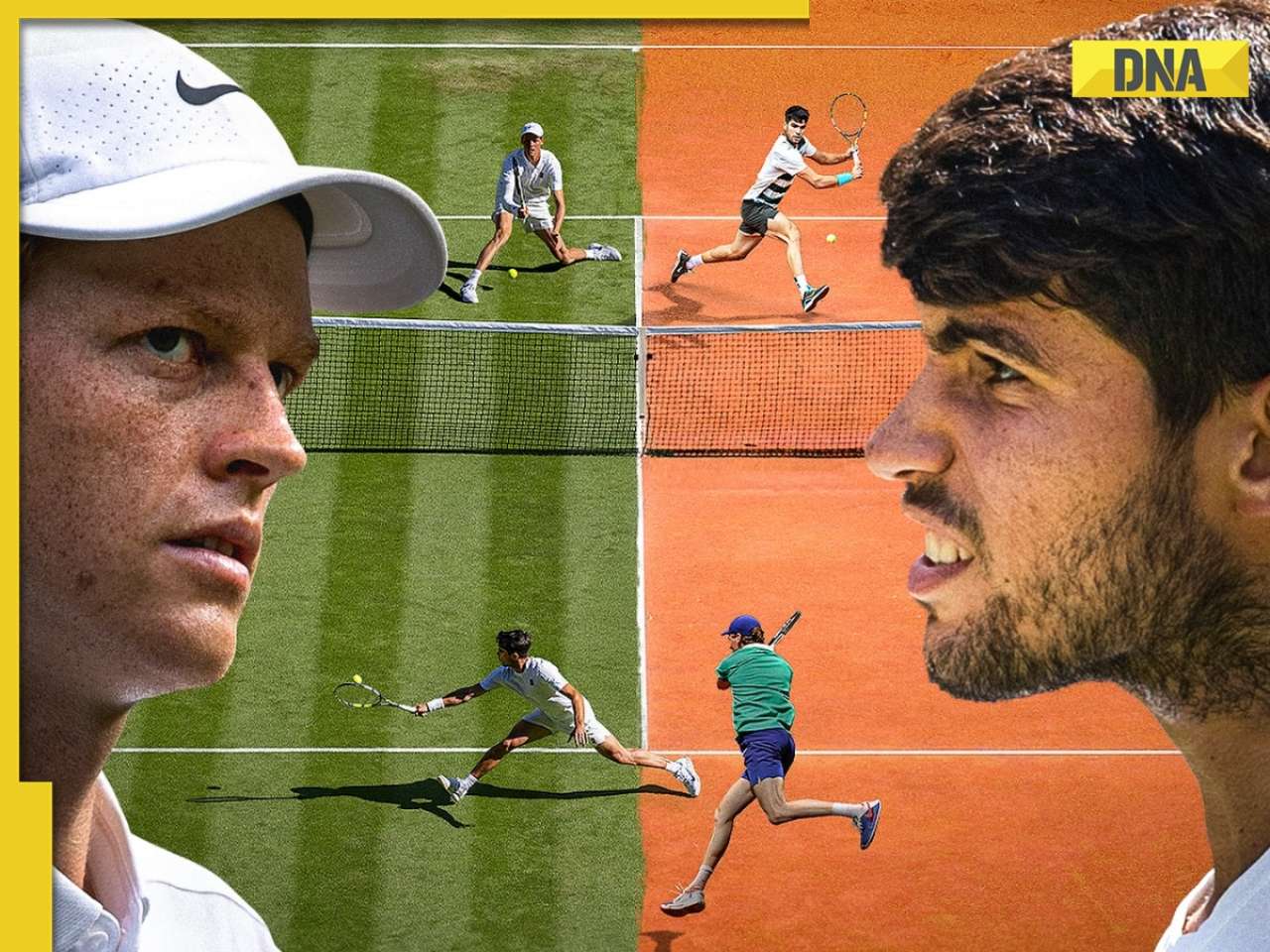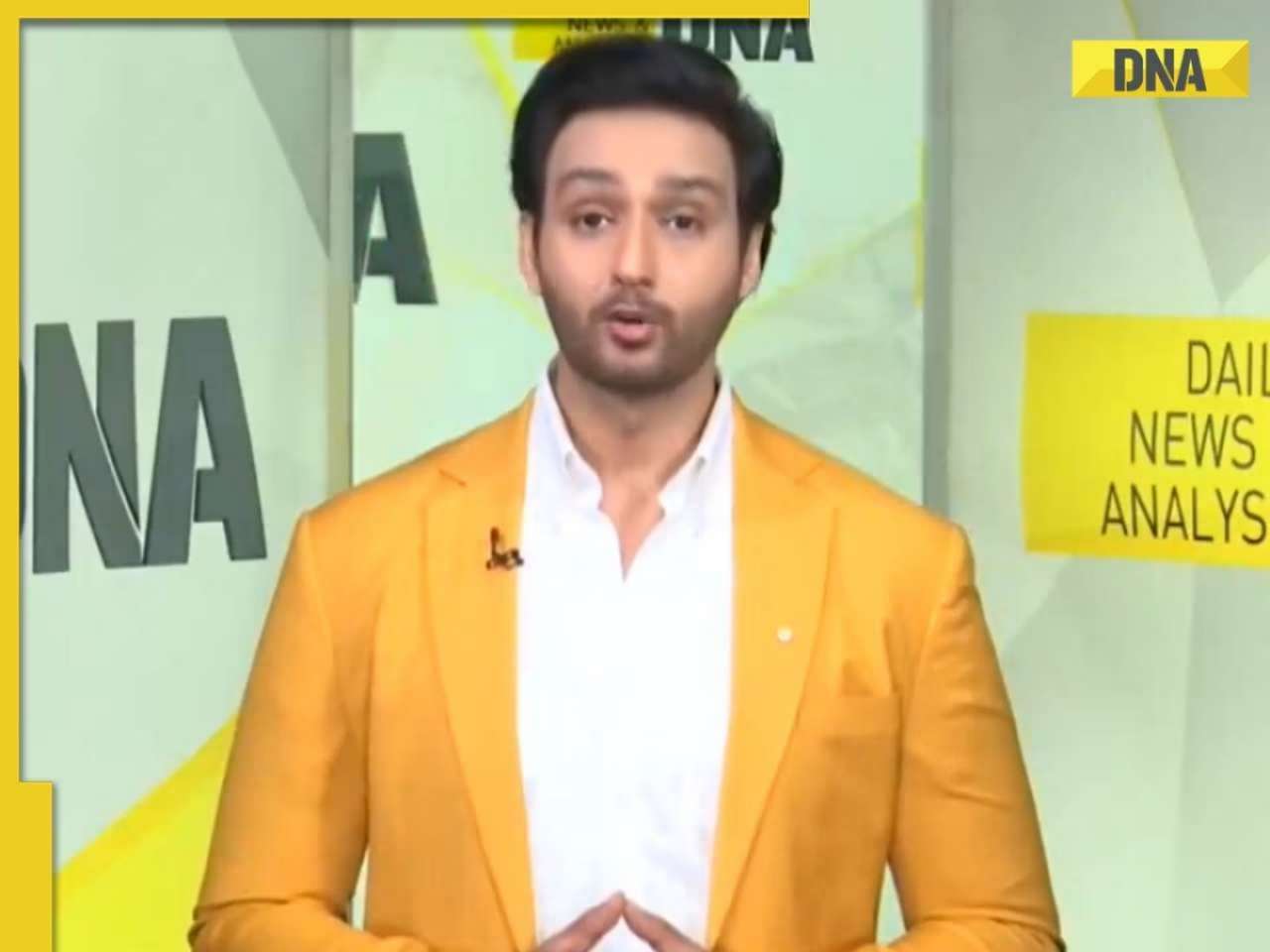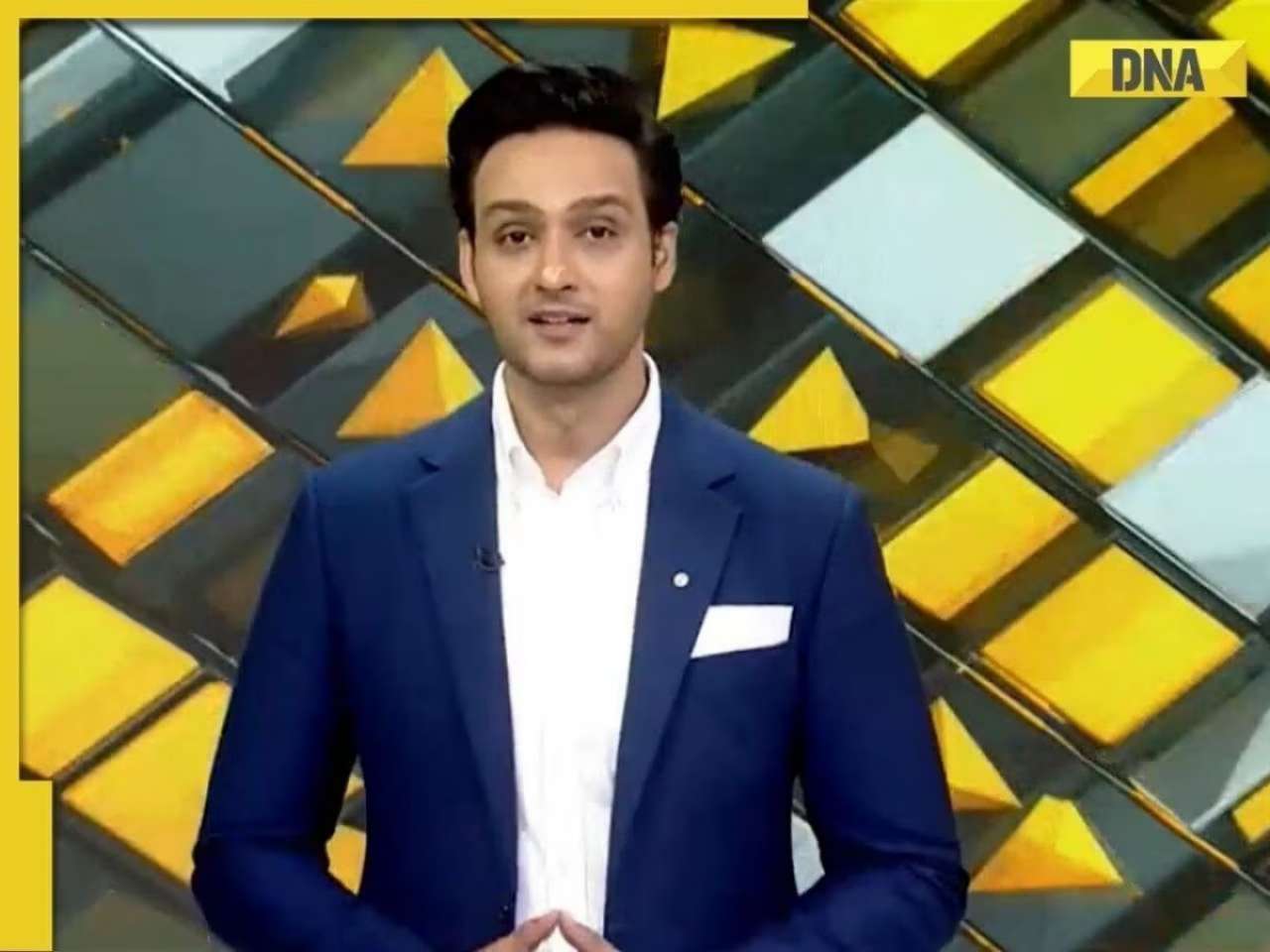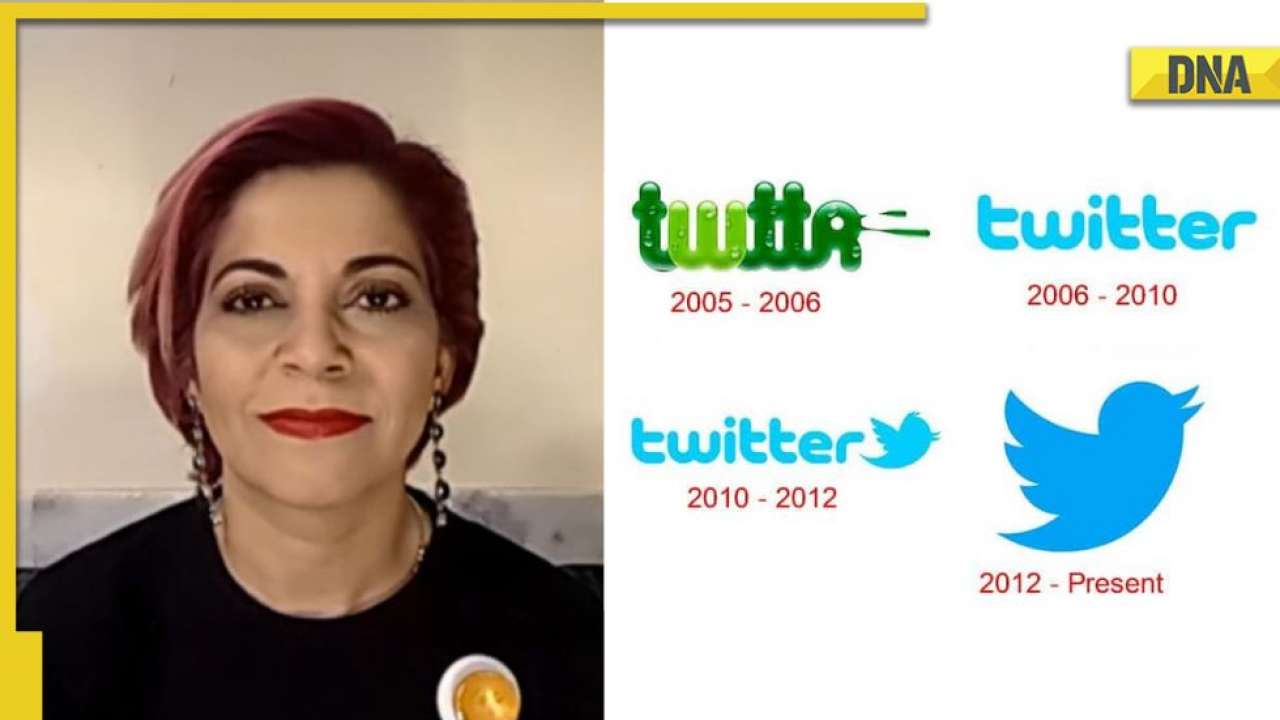For years, Indian education has prized left-brain precision—memorization, repetition, performance under pressure.
It’s a regular evening in Lucknow. Dinner’s served, the Wi-Fi is strong, and every child at the table owns a phone more powerful than the computer that once launched astronauts to the Moon. Then Dad asks, “What’s 12% GST on ₹435?” Four sets of eyes drop to their screens—and not one of them reaches for a pen.
Wait—are we getting smarter or just more connected?
If you believe the promise of digital education, we’re in a golden age. Yet the latest PISA scores tell a far darker tale. Between 2018 and 2022, students in advanced economies lost the equivalent of three-quarters of a school year in math ability. That’s the worst drop ever recorded. Reading skills fell too. Even adults are struggling—one in four across developed nations now fails to solve basic math tasks, like calculating discounts or budgeting. India hasn’t taken the PISA test since a bruising showing in 2009. But the government’s own data tells the same story. Class 10 scores dropped 13.4% in math and 18.6% in science between 2017 and 2021, despite education budgets, better infrastructure, and a national push for digital tools.
More schools, more devices… so why are students thinking less?
Here’s the paradox that should keep us up at night: India has more classrooms with internet (54%) and computers (57%) than ever before. Millions of lessons beam into phones via government apps like DIKSHA. EdTech platforms tout AI-powered tutors and gamified learning. It all sounds impressive—until you realise that our ability to reason, calculate, and reflect is falling. This isn’t just an Indian story. It’s a global crisis. But for the country with the world’s largest student population, the consequences are enormous.
Could the screen in your toddler’s hand be the reason?
A 2019 Indian pediatric study found 99.7% of infants under 18 months had been exposed to screens, often for hours. Preschoolers now average 2.7 hours of daily screen time, much of it for entertainment. What they’re missing during that time is irreplaceable: conversation, play, storytelling, face-to-face time with caregivers. Neuroscientists call it the “displacement effect”—every hour on a screen displaces something better for brain development. Attention spans shrink. Verbal skills stagnate. Social-emotional growth suffers. The child may learn to swipe before they learn to speak.
If a chatbot can solve algebra, what’s left for the student?
For years, Indian education has prized left-brain precision—memorization, repetition, performance under pressure. It produced engineers, doctors, coders by the millions. But in a world of generative AI, rote learning is no longer an edge—it’s a liability. “The skills that are easiest to teach and test are now the easiest to automate,” warns Andreas Schleicher of the OECD. That includes formula recall, essay writing, even basic programming. What machines still can’t do well? Original thought, Imagination, Empathy, Curiosity, Judgment. And yet, these are the exact things our exam-focused system sidelines.
Is technology helping children learn—or just stopping them from thinking?
Psychologist Jonathan Haidt says today’s students need less mastery, more openness. Less “finish the syllabus,” more “ask better questions.” But in India, a phone in every hand too often means Instagram at midnight, coaching app at noon, YouTube in between—a whirlpool of content, with little time for reflection. AI can be a great teacher. But it can also be a crutch. Haidt warns: “If a child never has to write, draw, or wait for an answer—they may never learn how to think deeply.” When the future arrives faster than your mind can catch it India has the world’s largest youth population. Its youngest generation is also its most distracted. We’ve never had more tools, Never had more resources, Never had more content, And yet—we may be raising a generation that struggles with the very basics of logic, analysis, and sustained attention. Will India—home to the software capital of the world—end up with students who can’t calculate restaurant tips without a gadget? Will we be the nation of young coders who can’t read a full page without switching tabs? The brain drain no one talks about may not be people leaving the country. It may be potential leaving their minds.
The real question
So here we are: 250 million students, billions in infrastructure, infinite content—and falling reasoning power. If this isn’t a national emergency, what is? Is India brave enough to look in the mirror? Or will we continue to count the number of smartphones in school while ignoring the number of ideas in the classroom? The future isn’t waiting. The question is—will the world’s youngest nation be smart enough to catch up to itself?
(Disclaimer: The views expressed above are the author's own and do not reflect those of DNA)
 Will Russia surrender to Donald Trump's threat of 'severe tariffs' and sign ceasefire with Ukraine? It is not likely as...
Will Russia surrender to Donald Trump's threat of 'severe tariffs' and sign ceasefire with Ukraine? It is not likely as...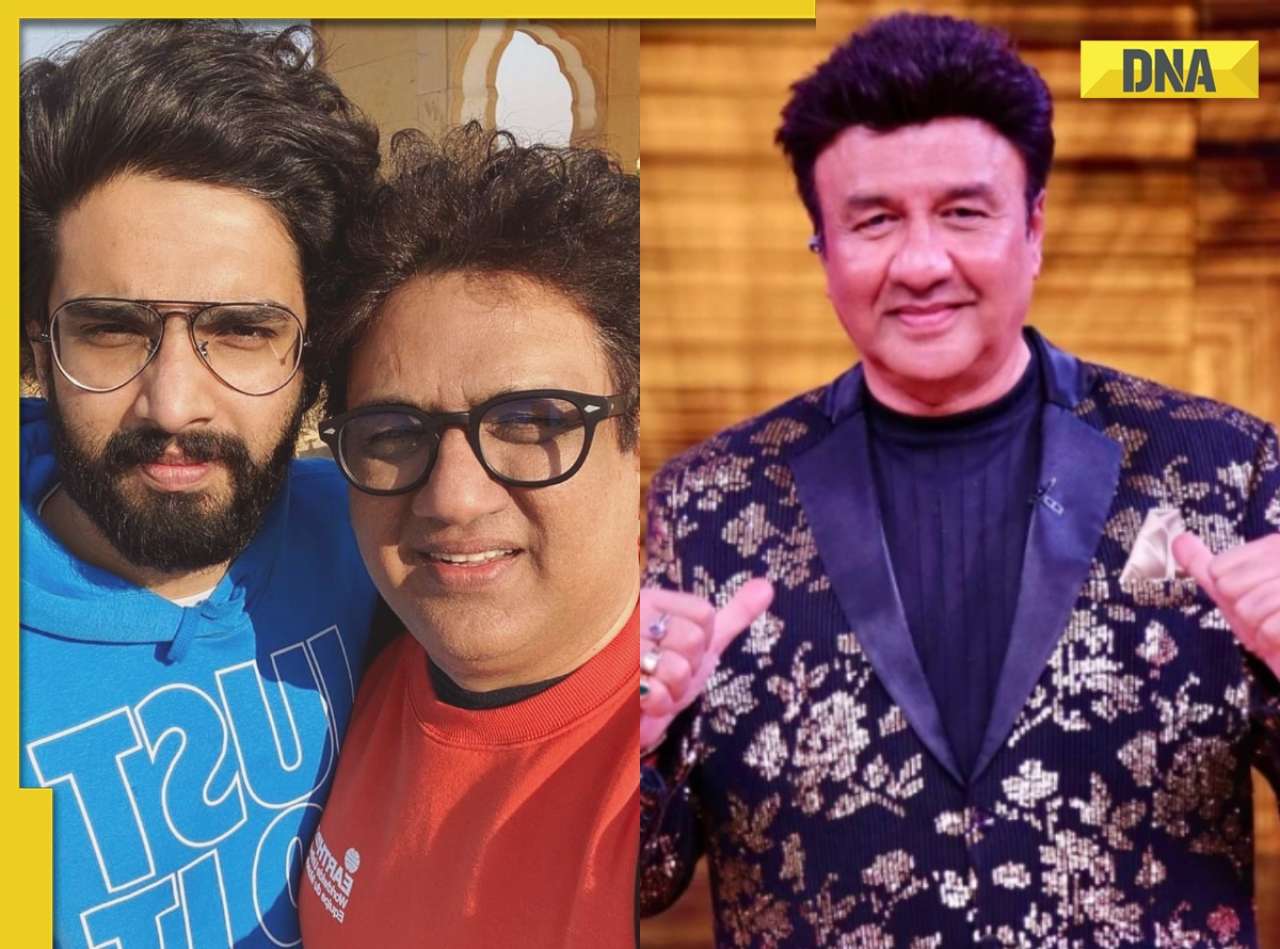 Amaal Mallik says Anu Malik ruined his father Daboo Malik’s career: 'My dad dealt with...'
Amaal Mallik says Anu Malik ruined his father Daboo Malik’s career: 'My dad dealt with...' Meet 19-year-old boy who took family responsibilities after his father's demise, cracked JEE Main with 9 to 5 job, his AIR was..., he wants to...
Meet 19-year-old boy who took family responsibilities after his father's demise, cracked JEE Main with 9 to 5 job, his AIR was..., he wants to... 'I am here with my man because...': When Parveen Babi got upset after Kabir Bedi danced with actress..., then..
'I am here with my man because...': When Parveen Babi got upset after Kabir Bedi danced with actress..., then..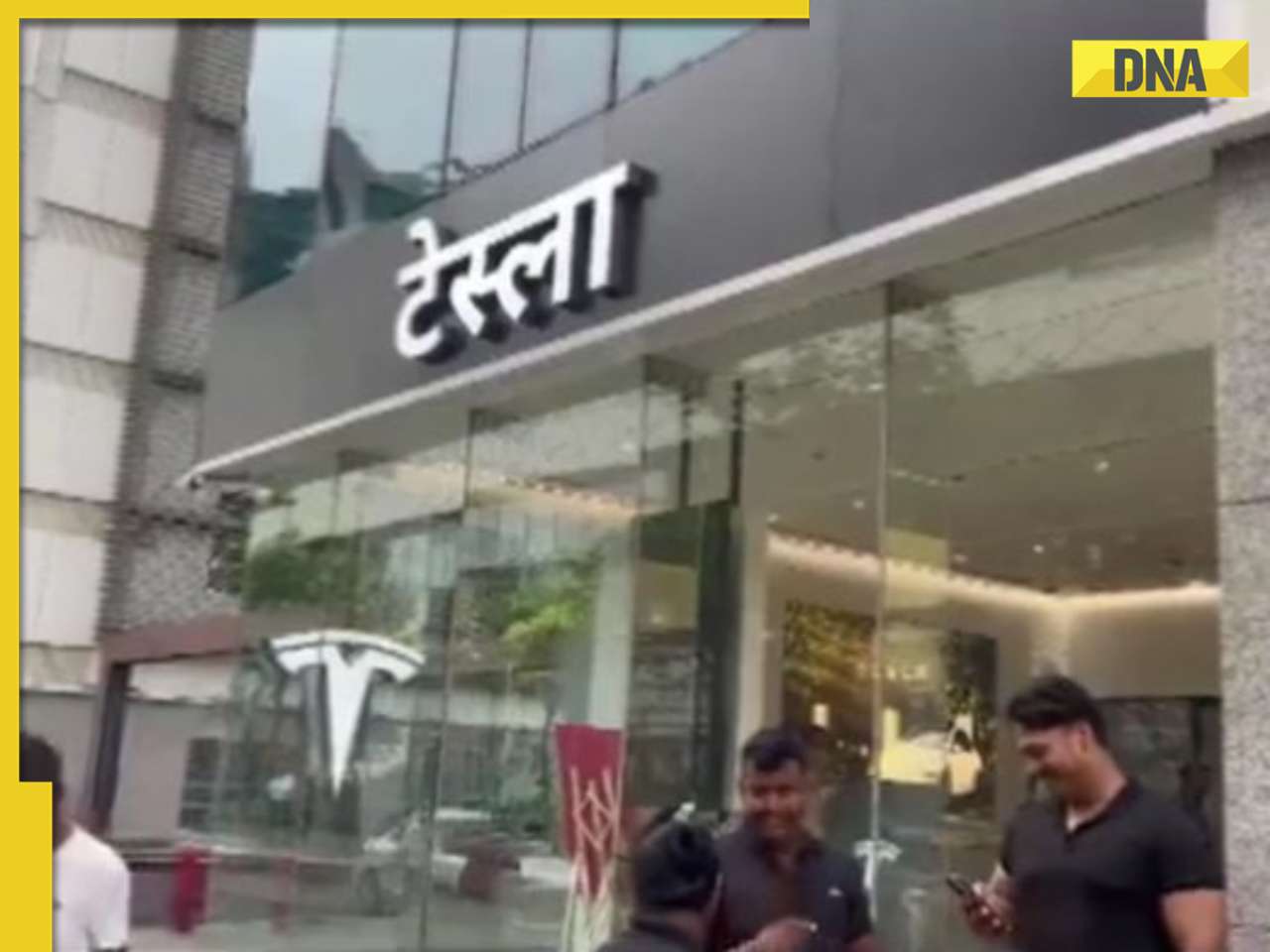 Elon Musk's Tesla opens first India showroom in Mumbai's BKC: Project took ... days to be completed
Elon Musk's Tesla opens first India showroom in Mumbai's BKC: Project took ... days to be completed 7 stunning cosmic photos captured by NASA James Webb Telescope
7 stunning cosmic photos captured by NASA James Webb Telescope Soya Bean vs Soya Chunks: 8 key differences, nutritional profile, health benefits, more
Soya Bean vs Soya Chunks: 8 key differences, nutritional profile, health benefits, more Improve gut health naturally: 7 foods to improve your bowel movement
Improve gut health naturally: 7 foods to improve your bowel movement  Which vitamin deficiency causes gum bleeding and why?
Which vitamin deficiency causes gum bleeding and why? Sawan Somwar 2025: 7 do’s and don’ts of offering prayers to Lord Shiva
Sawan Somwar 2025: 7 do’s and don’ts of offering prayers to Lord Shiva Bombay Stock Exchange Receives Bomb Threat From 'Comrade Pinarayi Vijayan', '4 RDX IED In Building'
Bombay Stock Exchange Receives Bomb Threat From 'Comrade Pinarayi Vijayan', '4 RDX IED In Building' India Pakistan News: New Paramilitary Force In Pakistan Sparks Crackdown Fears
India Pakistan News: New Paramilitary Force In Pakistan Sparks Crackdown Fears Ahmedabad Crash Probe: 'Complete Check By July 21' DGCA To All Airlines After Air India Crash Probe
Ahmedabad Crash Probe: 'Complete Check By July 21' DGCA To All Airlines After Air India Crash Probe Odisha Girl Self-Immolation Case: Student Dies , CM Says Culprits To Face Strictest Punishment
Odisha Girl Self-Immolation Case: Student Dies , CM Says Culprits To Face Strictest Punishment Ahmedabad Crash Probe: Fuel Switch Checks Ordered On Select Boeing Planes After AI Crash Report
Ahmedabad Crash Probe: Fuel Switch Checks Ordered On Select Boeing Planes After AI Crash Report Elon Musk's Tesla opens first India showroom in Mumbai's BKC: Project took ... days to be completed
Elon Musk's Tesla opens first India showroom in Mumbai's BKC: Project took ... days to be completed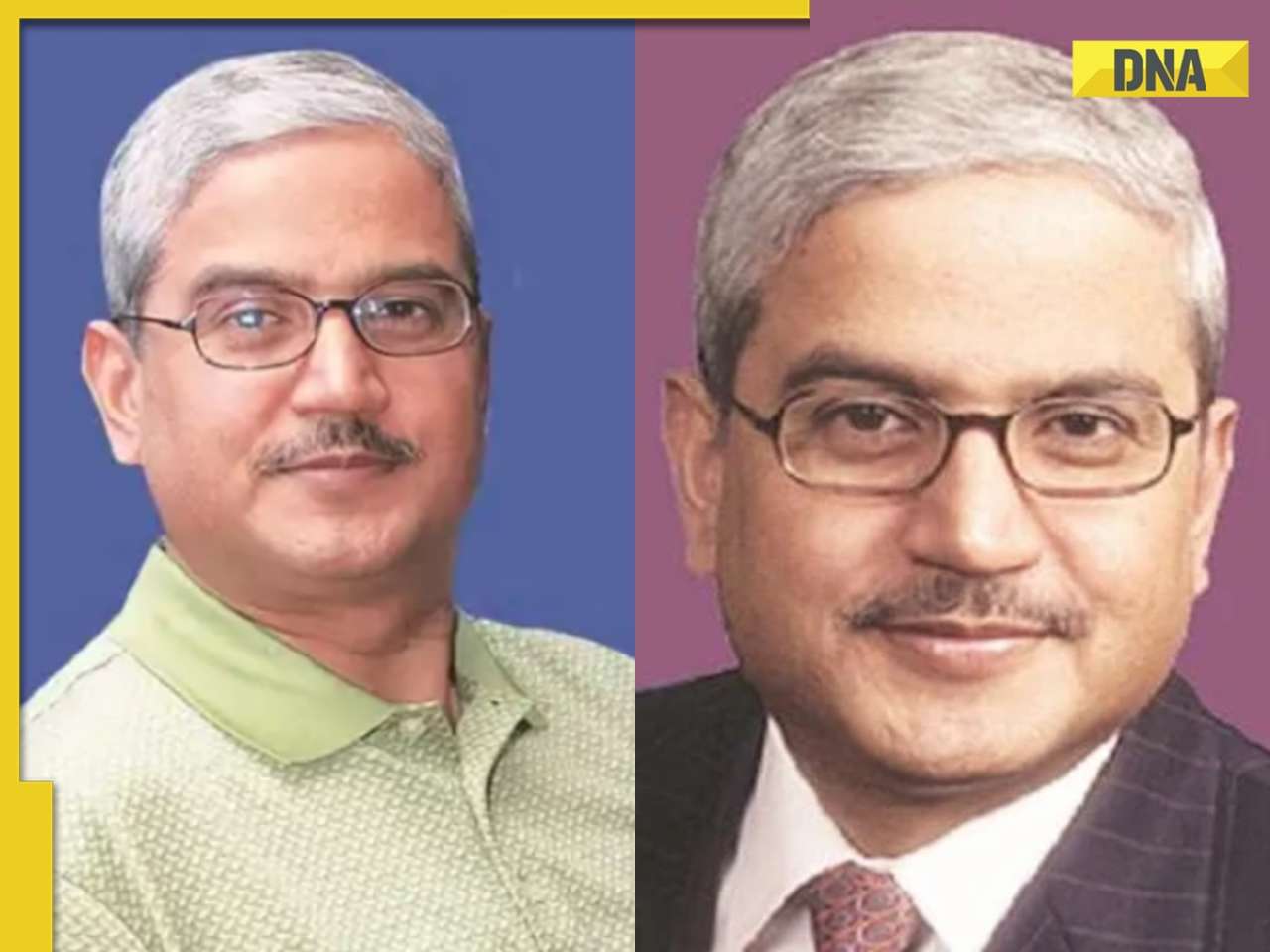 Meet man, IndiGo co-founder, who is now on Forbes' 'America's Richest Immigrants 2025' list, his net worth is..., name is...
Meet man, IndiGo co-founder, who is now on Forbes' 'America's Richest Immigrants 2025' list, his net worth is..., name is...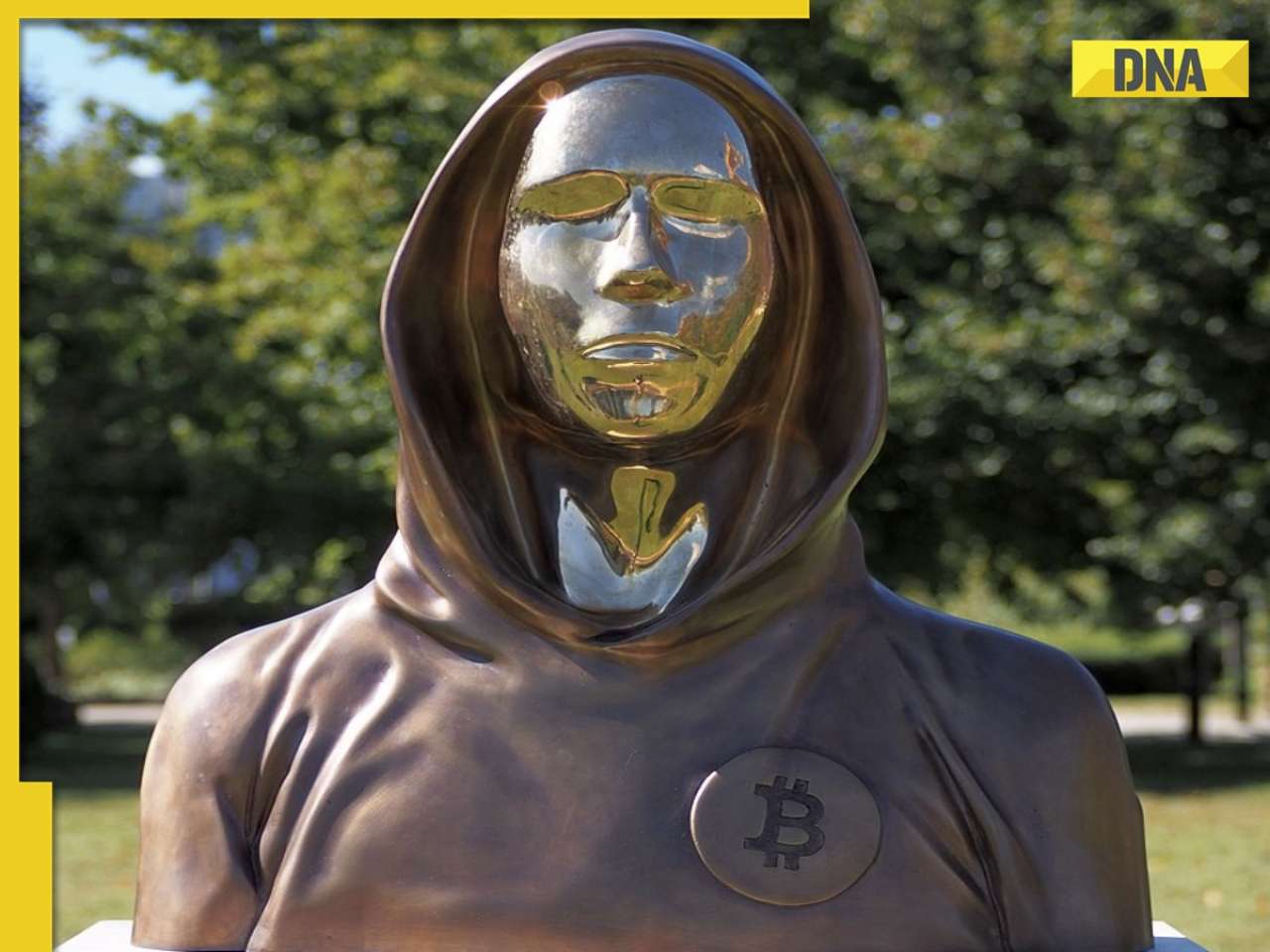 Meet man, Bitcoin's mysterious founder, who is 11th richest man on Earth, has more wealth than Mukesh Ambani, Gautam Adani, his name is...
Meet man, Bitcoin's mysterious founder, who is 11th richest man on Earth, has more wealth than Mukesh Ambani, Gautam Adani, his name is...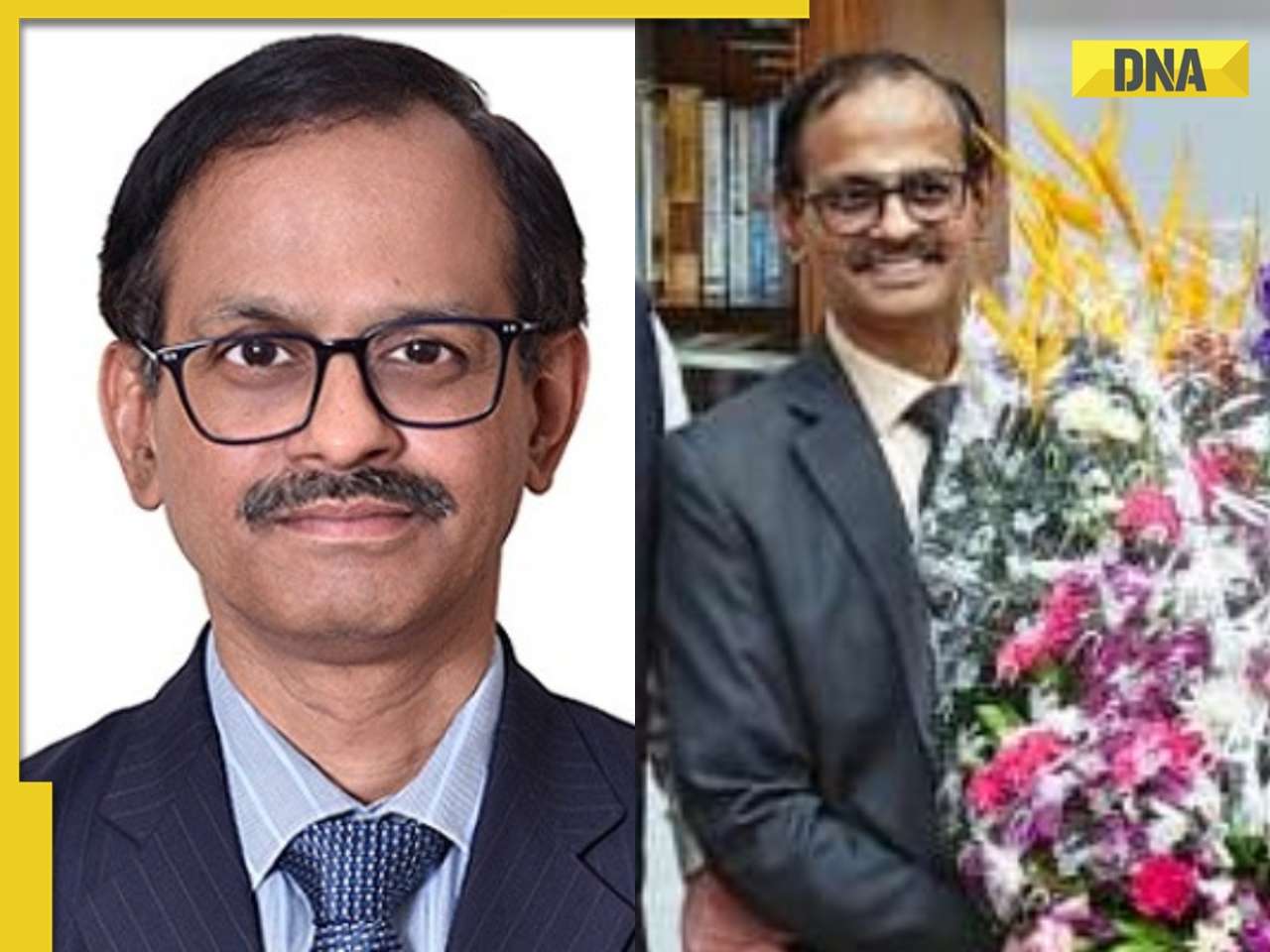 Meet man who is set to lead India's largest insurer company worth Rs 579000 crore as...
Meet man who is set to lead India's largest insurer company worth Rs 579000 crore as...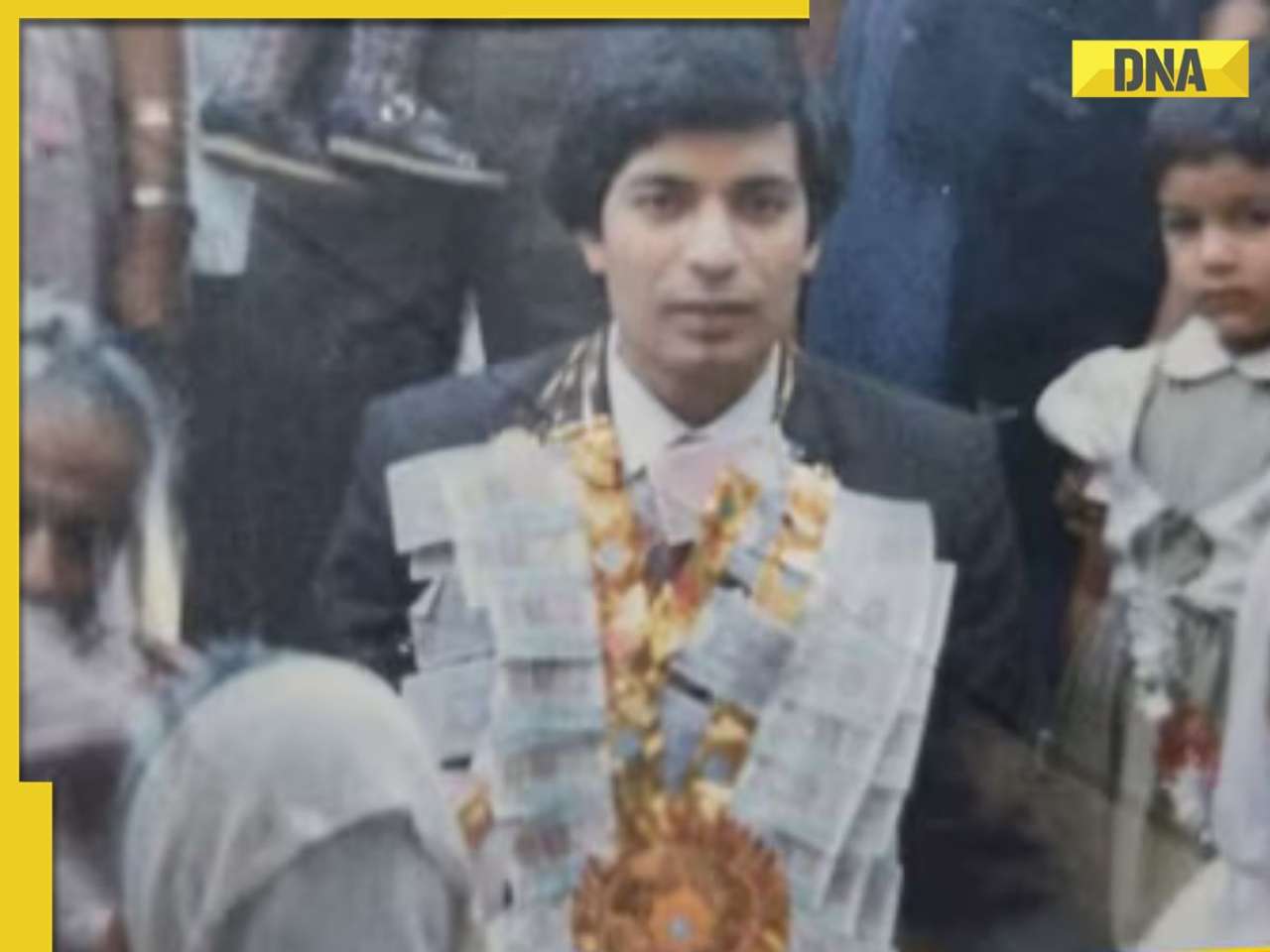 Meet man, born in poor farmer family, after several failures, became richest Indian immigrant in US, his net worth is Rs…
Meet man, born in poor farmer family, after several failures, became richest Indian immigrant in US, his net worth is Rs… Amitabh Bachchan set THIS one condition before marrying Jaya Bachchan, she's still living by it 52 years later
Amitabh Bachchan set THIS one condition before marrying Jaya Bachchan, she's still living by it 52 years later Dil Pe Chalai Churiyan's viral fame Raju Kalakar breaks internet with just two stones, here are other accidental internet stars
Dil Pe Chalai Churiyan's viral fame Raju Kalakar breaks internet with just two stones, here are other accidental internet stars Meet former Indian speedster who joins Kavya Maran-owned Sunrisers Hyderabad as new bowling coach
Meet former Indian speedster who joins Kavya Maran-owned Sunrisers Hyderabad as new bowling coach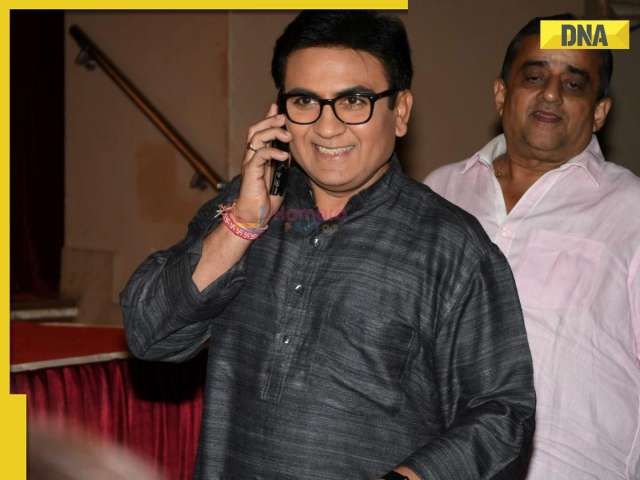 No gym, no diet: How Dilip Joshi lost 16 Kg in just one month with just 45 minutes...
No gym, no diet: How Dilip Joshi lost 16 Kg in just one month with just 45 minutes... Urvashi Rautela turns heads at Wimbledon 2025 with her Labubu dolls, see pics
Urvashi Rautela turns heads at Wimbledon 2025 with her Labubu dolls, see pics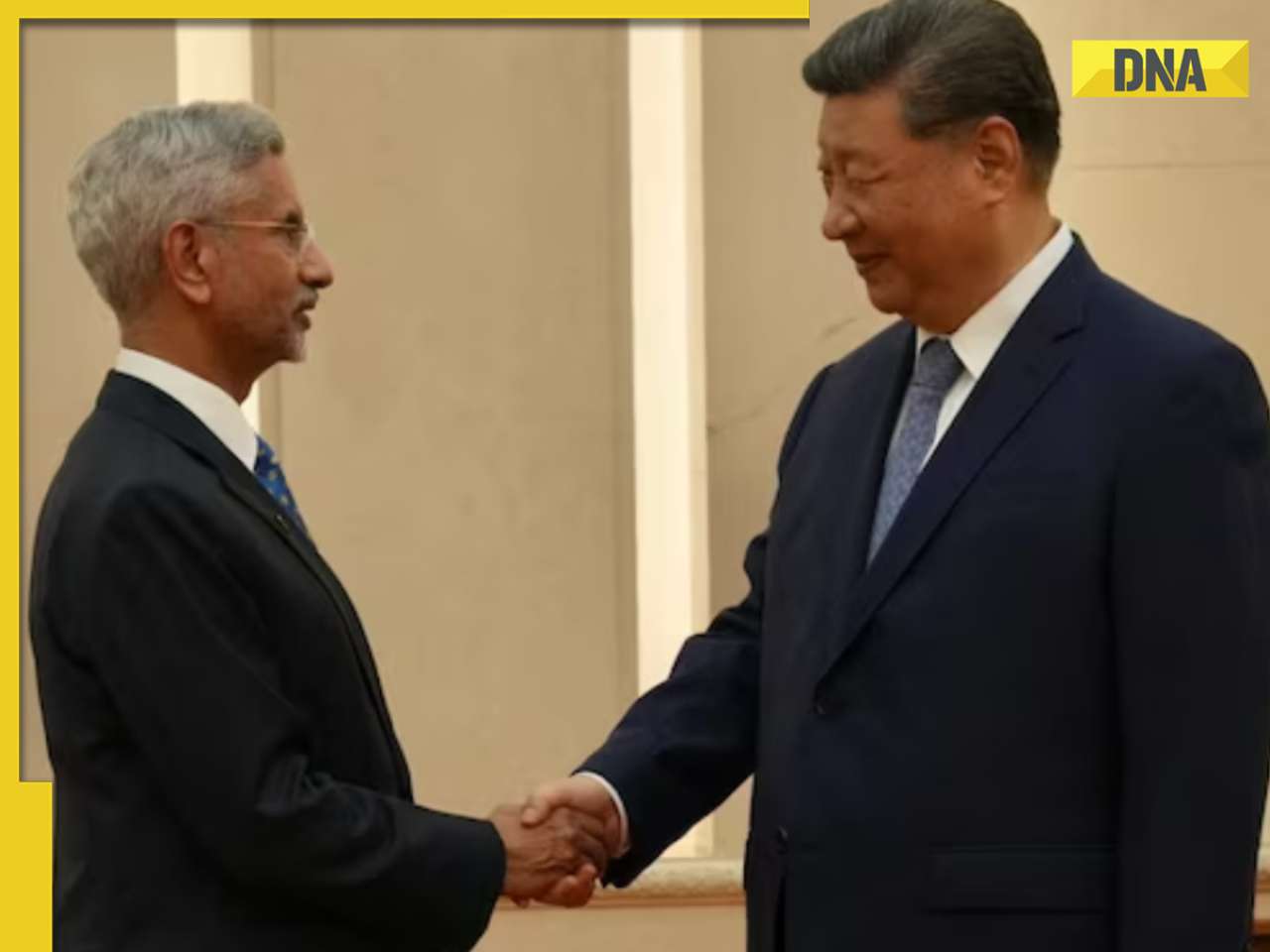 SCO Meet: S Jaishankar meets Chinese President Xi Jinping, first since 2020 Galwan clash
SCO Meet: S Jaishankar meets Chinese President Xi Jinping, first since 2020 Galwan clash Elon Musk's Tesla opens first showroom in India, launches Model Y for Rs 59.89 lakh, check full price breakdown, features, top speed to be...
Elon Musk's Tesla opens first showroom in India, launches Model Y for Rs 59.89 lakh, check full price breakdown, features, top speed to be... BSE receives bomb threat, police launch search operation
BSE receives bomb threat, police launch search operation In 2nd such incident in 2 days, Delhi's St Stephen's College, school in Dwarka receive bomb threats
In 2nd such incident in 2 days, Delhi's St Stephen's College, school in Dwarka receive bomb threats SpiceJet Delhi-Mumbai flight delayed by 7 hour as 2 passengers due to..., here's what exactly happened
SpiceJet Delhi-Mumbai flight delayed by 7 hour as 2 passengers due to..., here's what exactly happened Meet 19-year-old boy who took family responsibilities after his father's demise, cracked JEE Main with 9 to 5 job, his AIR was..., he wants to...
Meet 19-year-old boy who took family responsibilities after his father's demise, cracked JEE Main with 9 to 5 job, his AIR was..., he wants to... Meet IAS officer who was once mocked for not speaking English, left job at Ratan Tata's TCS, cracked UPSC exam, secured AIR..., she is...
Meet IAS officer who was once mocked for not speaking English, left job at Ratan Tata's TCS, cracked UPSC exam, secured AIR..., she is...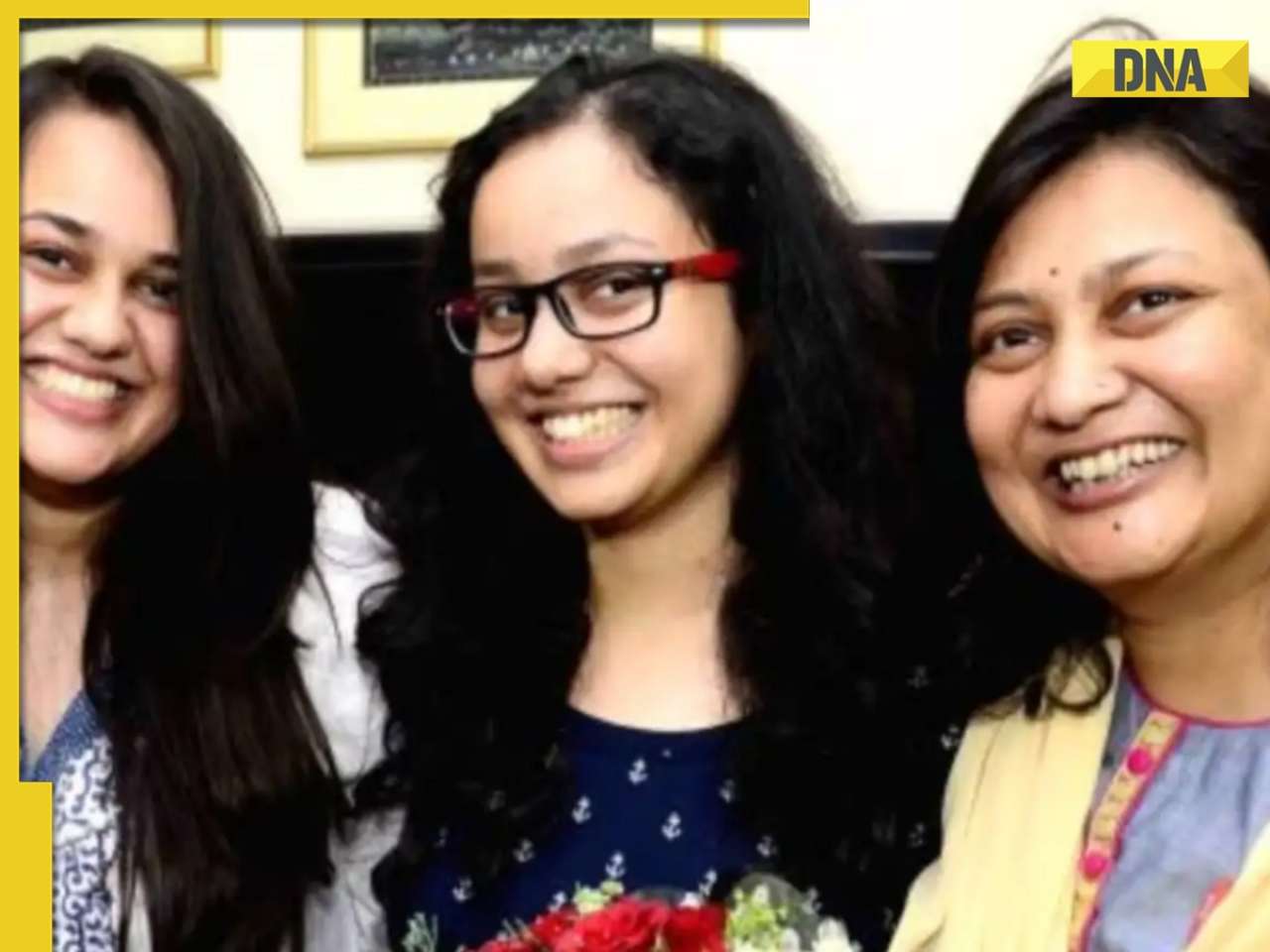 Meet Hiamli Dabi, mother of IAS officer Tina Dabi and Ria Dabi, who also cracked UPSC exam, worked as..., but later quit job due to...
Meet Hiamli Dabi, mother of IAS officer Tina Dabi and Ria Dabi, who also cracked UPSC exam, worked as..., but later quit job due to...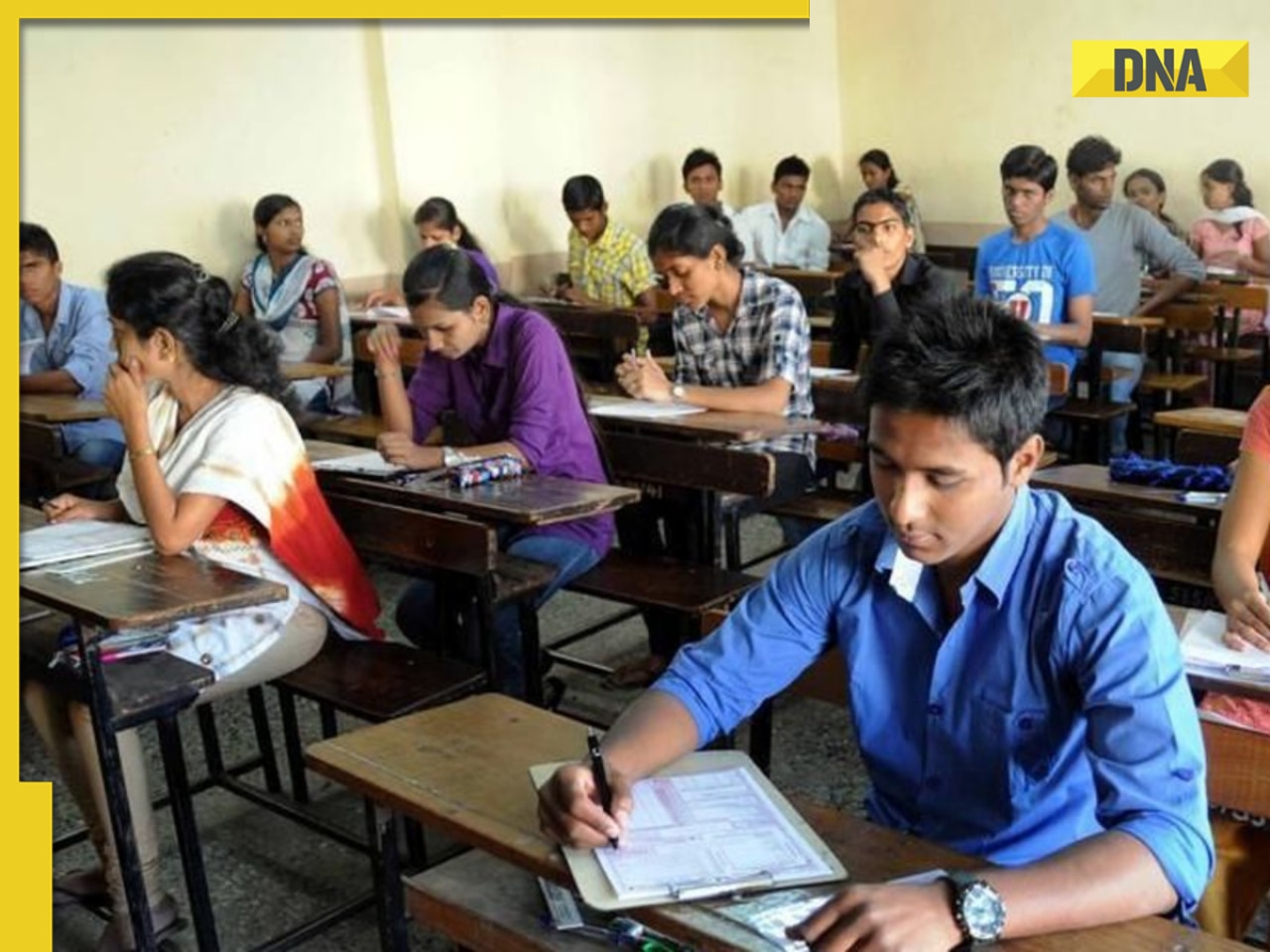 UPSC CSE Mains 2025 schedule out, to be held on THESE dates, check full timetable
UPSC CSE Mains 2025 schedule out, to be held on THESE dates, check full timetable Meet man, IIT Delhi graduate, who works at Bill Gates' Microsoft as...; gets high-paying salary, he is from...
Meet man, IIT Delhi graduate, who works at Bill Gates' Microsoft as...; gets high-paying salary, he is from... This luxury car is first choice of Indians, even left BMW, Jaguar, Audi behind in sales, it is...
This luxury car is first choice of Indians, even left BMW, Jaguar, Audi behind in sales, it is... Kia India unveils Carens Clavis: Check features, design changes, price and more; bookings open on...
Kia India unveils Carens Clavis: Check features, design changes, price and more; bookings open on... Tesla CEO Elon Musk launches most affordable Cybertruck, but it costs Rs 830000 more than older version, it is worth Rs...
Tesla CEO Elon Musk launches most affordable Cybertruck, but it costs Rs 830000 more than older version, it is worth Rs... Planning to buy a Maruti Suzuki car? Prices set to rise by 4% from...
Planning to buy a Maruti Suzuki car? Prices set to rise by 4% from... Audi launches Audi RS Q8 2025 in India: Know price, specifications and unique features
Audi launches Audi RS Q8 2025 in India: Know price, specifications and unique features 






)
)
)
)
)
)
)
)
)
)
)
)
)
)
)
)
